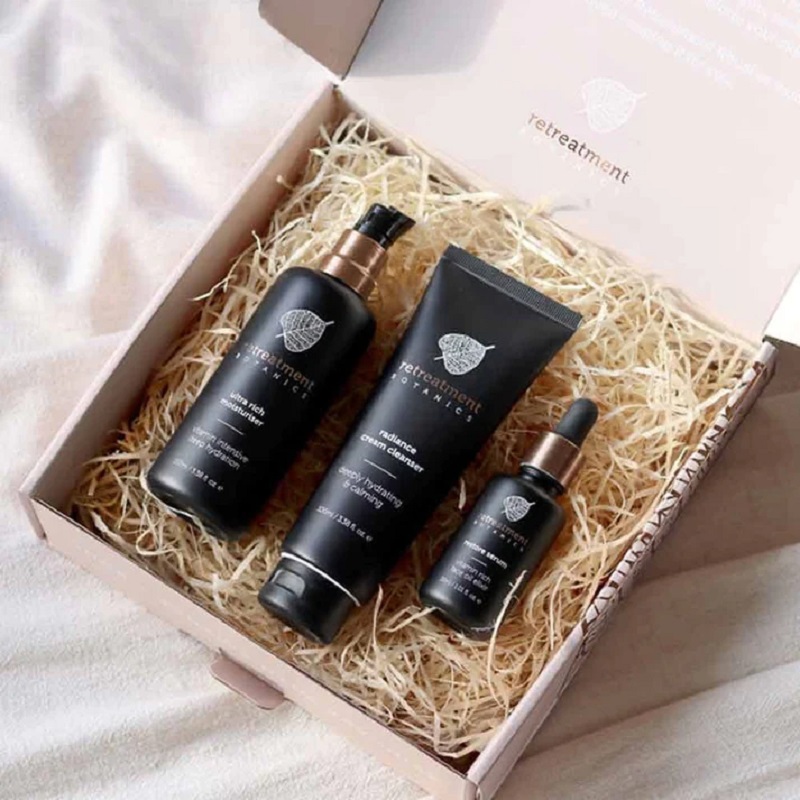Every day, we make decisions that have an impact on the ecosystem. From the clothing we wear and the food we consume to how we get to work, every action we make affects the planet. The present generation is the most ecologically conscious in history, but much more has to be done.
If you’re interested in learning how to live a more sustainable lifestyle, here’s a list of simple ways to make responsible decisions on a daily basis.
Avoid Single-Use Water Bottles

One of the easiest steps you can take towards a more sustainable lifestyle is to start drinking tap water. By doing this, you’ll not only be reducing the amount of plastic trash produced by single-use bottles but will also save energy that would otherwise be required to make plastic, fill bottles, and transport them. To enhance the quality of your tap water you can get a filtration system.
For additional points, invest in beautiful, sustainable reusable water bottles. Reusable water bottles are better for the environment than disposable water bottles in every aspect. A reusable water bottle uses less oil to produce, replaces all of the plastics you would have used, and so reduces your carbon footprint as well as the plastic burden on landfills, seas, streams, and other regions where plastic rubbish ends up.
If you want to limit your contribution to plastic trash, you should know that not all reusable water bottles are suitable. Obviously, a plastic reusable water container will take oil to manufacture and will have many of the same bad health impacts as water from plastic bottles,
A stainless steel water bottle is perhaps the greatest alternative for a reusable water bottle in terms of both health and the environment. When you use stainless steel sustainable reusable water bottles, you are not only lowering the amount of oil used to make them, but you are also essentially eliminating the risk of it adding to plastic trash. Steel is a non-toxic alternative to both disposable and reusable plastic water bottles. With this kind of water bottle, there is no chance of contaminants leaking into your beverage.
When looking for the best model, choose one with double vacuum-walled technology, which will assist in keeping both hot and cold beverages at the proper temperature.
Bring Reusable Bags to the Store

Every year, a trillion single-use plastic bags are used worldwide, with just a small percentage recycled and the vast rest ending up in landfills or our oceans. Bringing your own bags to the store is an easy method to avoid adding to this figure.
If you prefer to keep your produce organized, you may use reusable canvas or mesh produce bags. However, don’t make the mistake of buying too many canvas bags, as they have their own carbon footprint.
Your best strategy is to buy a couple of high-quality bags that will fulfil your normal demands, and then use paper bags instead of plastic bags if you ever need more bags.
Give Preference for Certified Sustainable Products
Whether you want to consume more sustainably or support fair labour practices, there are a variety of certification programs and accompanying ecolabels available to help you find items that align with your values, such as Fairtrade Certified or Non-GMO Project Verified.
But be aware because not all claims are made equal.
If you have any doubts about the authenticity or veracity of a sustainability claim or logo, research. Is the label self-created and granted by the brand? Is the claim supported by a robust independent certification program? Navigating the ecolabel arena can be challenging, but with a little patience and effort, you can get better at sorting out the dubious claims!
Whenever Possible, Shop Seasonally and Regionally
According to new research, including seasonal vegetables in your diet can benefit both your health and the health of the world. This can apply to either global seasonality (food produced in the season but consumed elsewhere in the world) or local seasonality (food harvested and consumed in the same region throughout the natural growing season).
Because not all foods are accessible regionally, your choice between “local” and “global” seasonal food may be influenced by your location and the availability of seasonal alternatives.
Simply said, while shopping “seasonally,” consider when and where your food is farmed, as well as how it comes up at your local grocery store.
Change to Eco-Friendly Personal Hygiene and Cosmetics Products

There are various land mines to avoid when shopping for personal care goods, such as excessive packaging, unsustainable sourcing, or a suspicious ingredient list.
Prioritize items that have been obtained sustainably and ethically, utilize sustainable or eco-friendly packaging, and avoid any harsh or destructive substances or microplastics.
Buy, Consume and Throw Away Less
We may all benefit from slowing down our purchase habits, whether it’s for food, beverages, clothing, or other products. When buying, ask yourself, “Is this really necessary?” Is there a specific reason for this in my life? “Can I see myself using this item?” You might not believe it, but pausing to ask yourself these simple questions before making a purchase can have a huge impact on how many things you accumulate.

Leave a comment